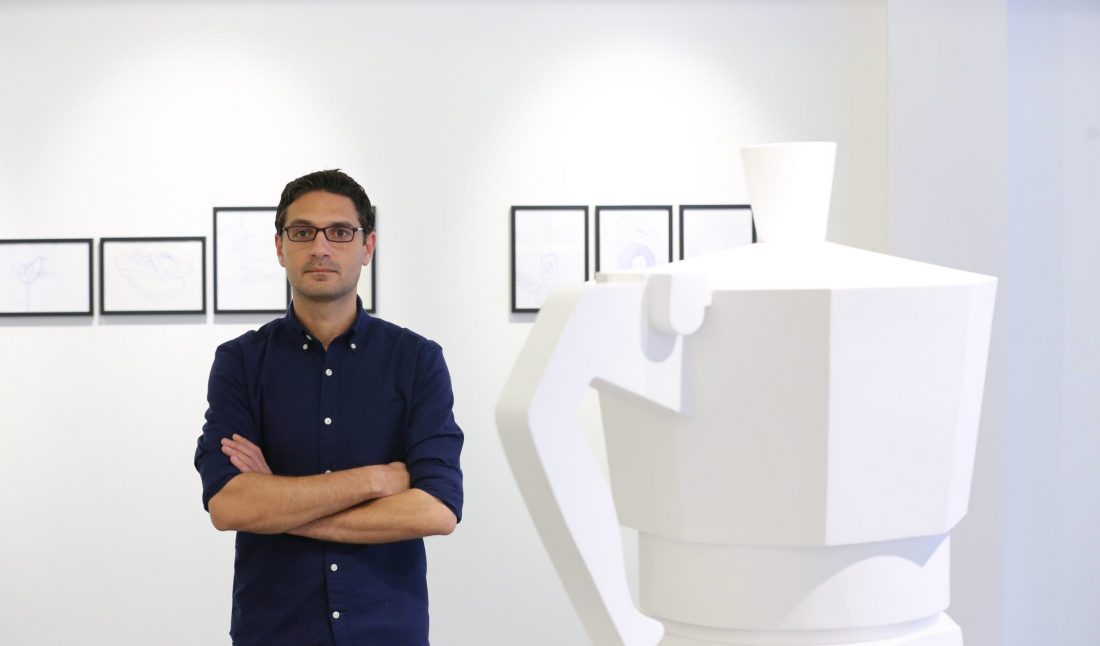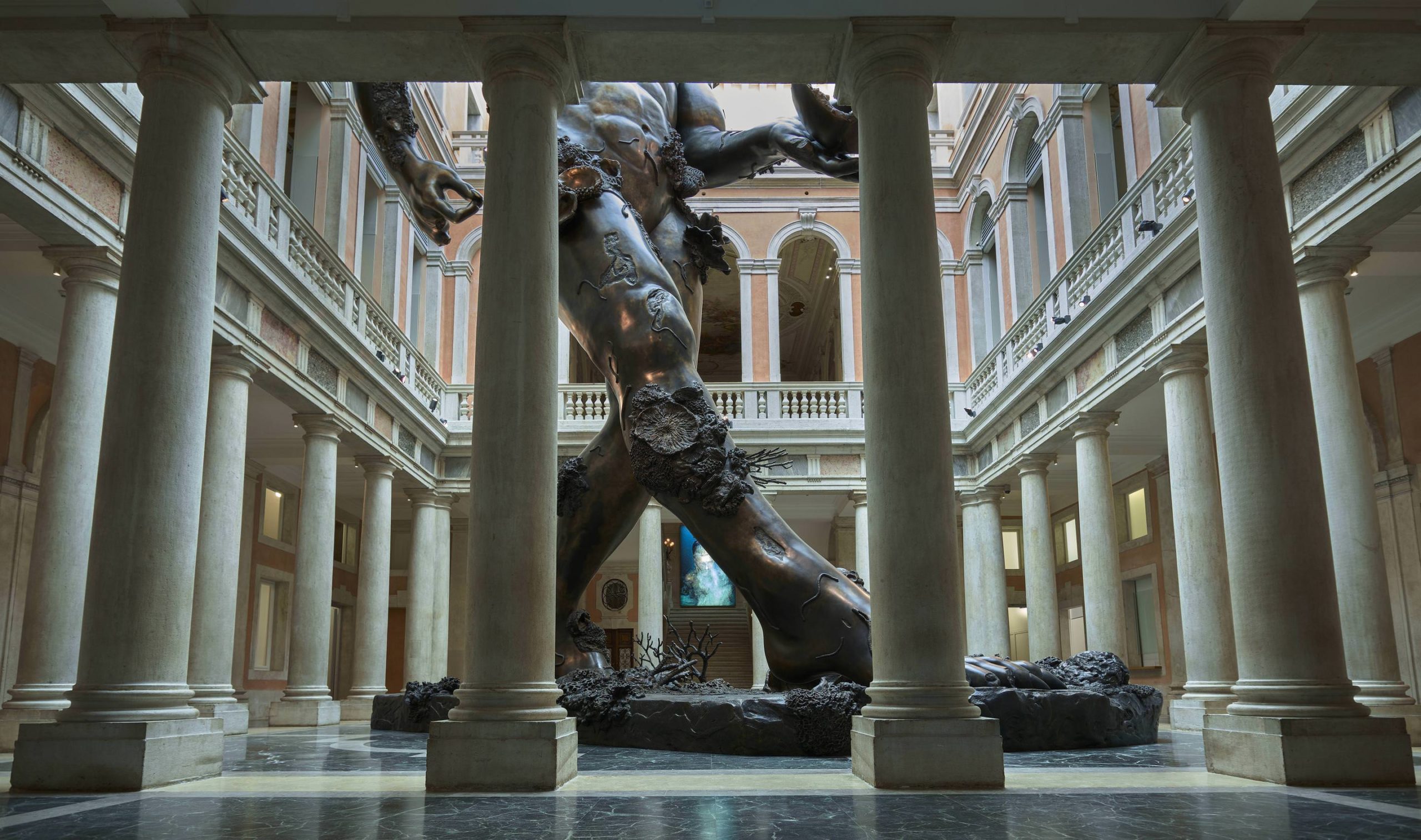Last month, Ahmed Badry‘s “Portmanteau” exhibition opened at Letitia Gallery in Beirut. On view through June 16, the show includes sculpture and drawings by the Egyptian artist. Badry’s sculptures of common household objects are created by 3D printing, and explore language and the act of naming items.
Whitewall asked Badry about the new body of work.
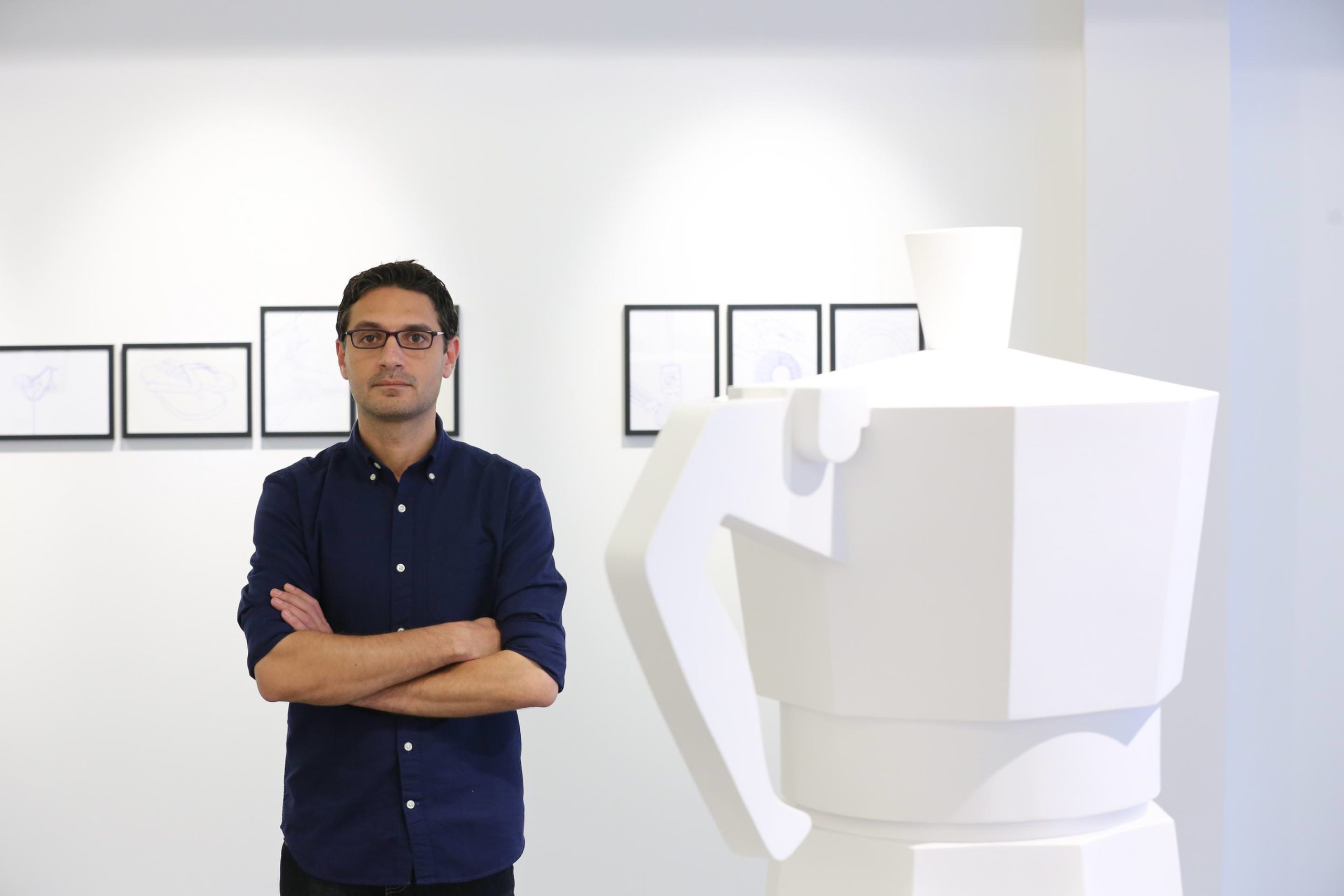 Installation view, Ahmed Badry, “Portmanteau” at Letitia Gallery
Installation view, Ahmed Badry, “Portmanteau” at Letitia Gallery18 April – 16 June 2018
Courtesy of Letitia Gallery.
WHITEWALL: How did you first become interested in the artistic value of these objects that are usually considered mundane parts of everyday life?
AHMED BADRY: I think during my stay in Switzerland from 2008 to 2012, Swiss environment and norms implied a drastic change in my Cairene lifestyle and in my relation to domestic devices.
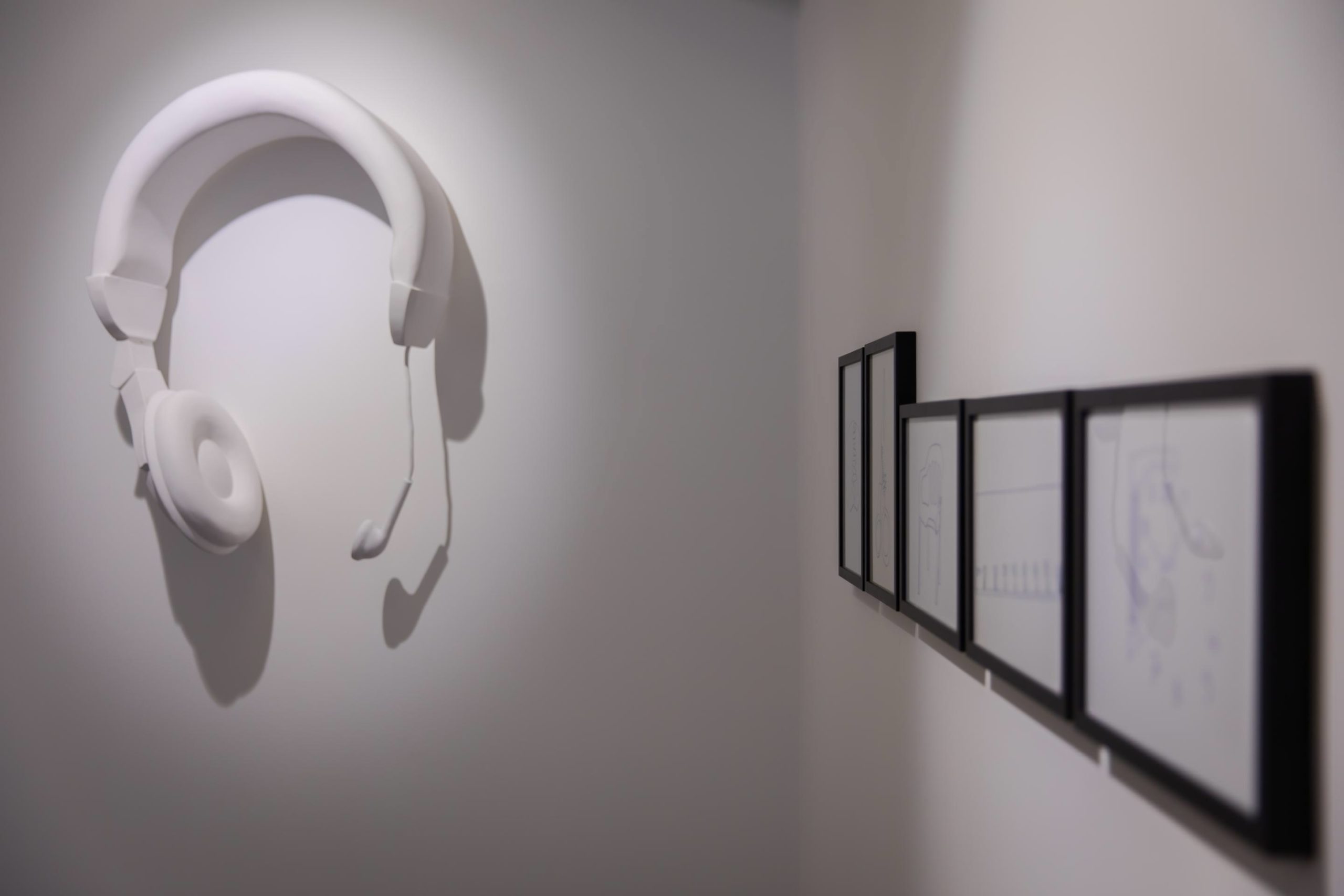 Installation view, Ahmed Badry, “Portmanteau” at Letitia Gallery
Installation view, Ahmed Badry, “Portmanteau” at Letitia Gallery18 April – 16 June 2018
Courtesy of Letitia Gallery.
I used to repair malfunctions autonomously but, in Switzerland, I was astounded by the presence of specialized technicians appointed to fix home appliances or electrical items.
I had observed the many tricks that Egyptians – and many other people – adopt to overcome mechanical problems and malfunctions of everyday objects and, admiring a mentality of preservation against toss, I began searching for similar palliative solutions and designs and created over the years an extensive archive of images from the net, the region, or my own imagination.
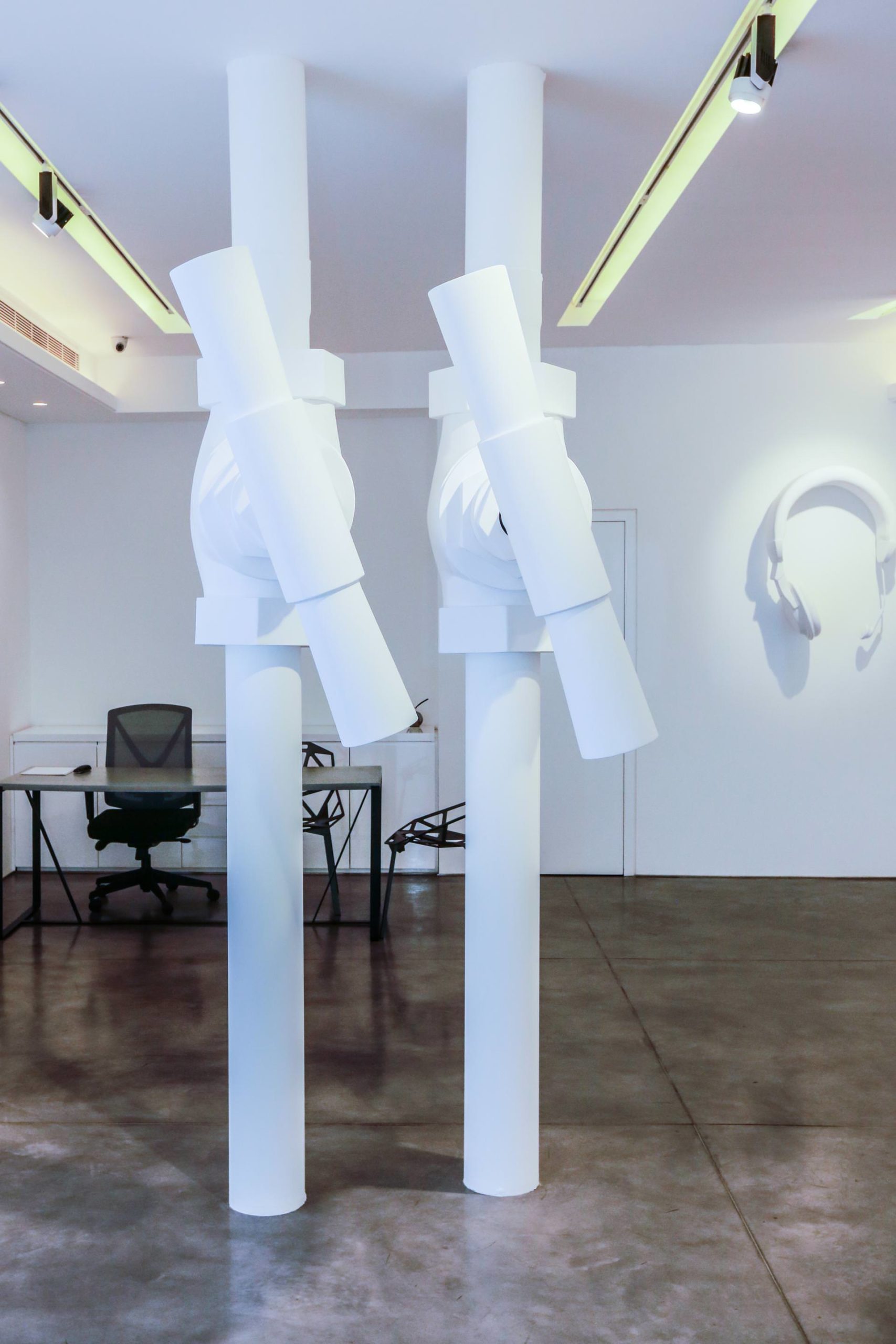 Installation view, Ahmed Badry, “Portmanteau” at Letitia Gallery
Installation view, Ahmed Badry, “Portmanteau” at Letitia Gallery18 April – 16 June 2018
Courtesy of Letitia Gallery.
WW: What was the starting point for “Portmanteau”?
AB: A portmanteau or a portmanteau word is a linguistic blend of words, in which a neologism is formed by combining two other words., and the term explains on a double level this stage of my practice.
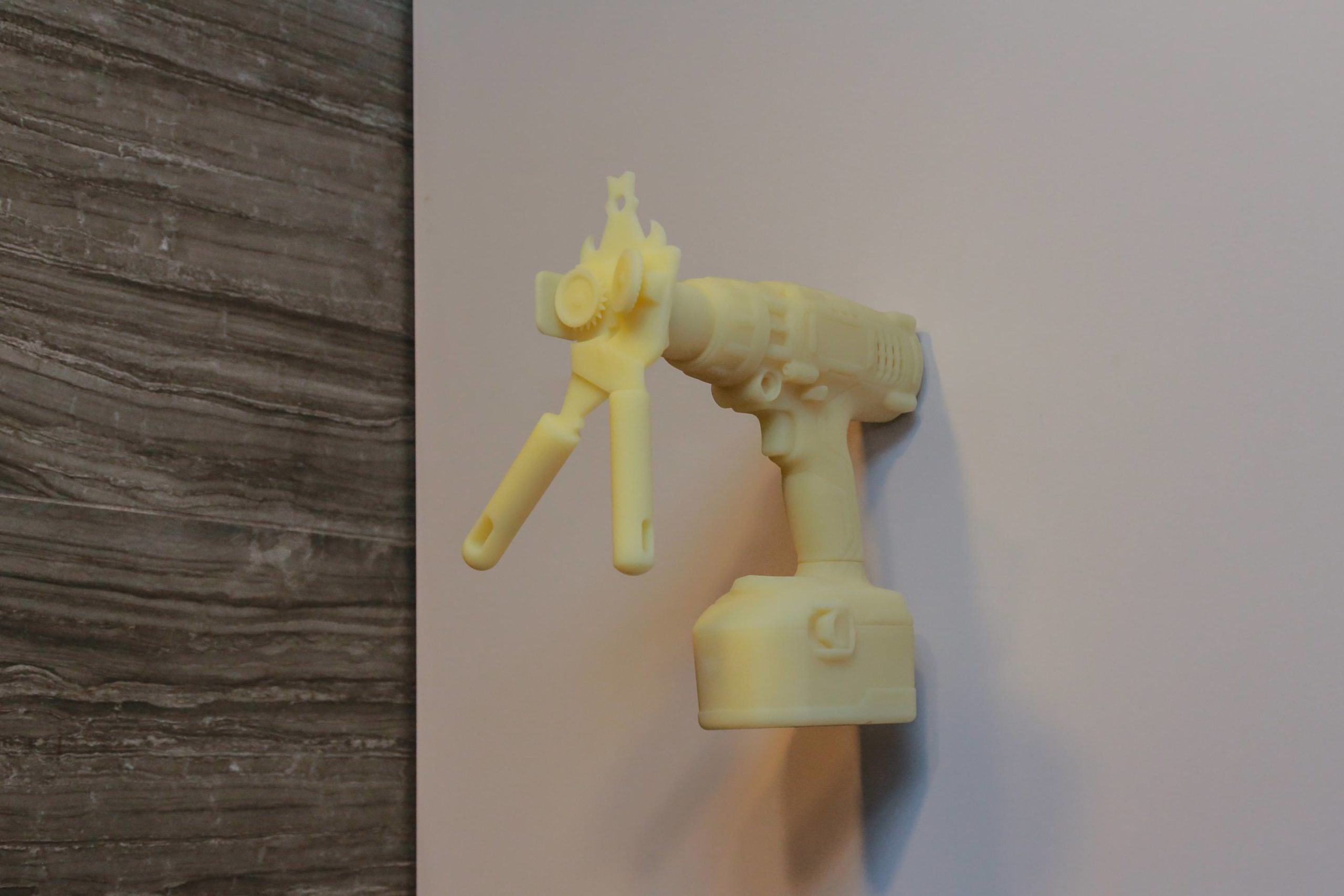 Installation view, Ahmed Badry, “Portmanteau” at Letitia Gallery
Installation view, Ahmed Badry, “Portmanteau” at Letitia Gallery18 April – 16 June 2018
Courtesy of Letitia Gallery.
On the one side, it recalls the combinations of the objects, while on the other it highlights the linguistic aspect that the objects encapsulate.
In 2017, I participated in the Home Workspace Program (HWP) organized by Ashkal Alwan, the Lebanese Association for Plastic Arts active since 1993. Launched in 2011, HWP is an interdisciplinary arts study program where I developed my formal and critical skills and practice. It represented the chance for me to delve into a theoretical and philosophical approach to art and I grew an obsessive interest towards language in relation to hybrid objects – asking questions such as, “What effects do the hybrid objects elicit on language?,” which led me to the development of Portmanteau.
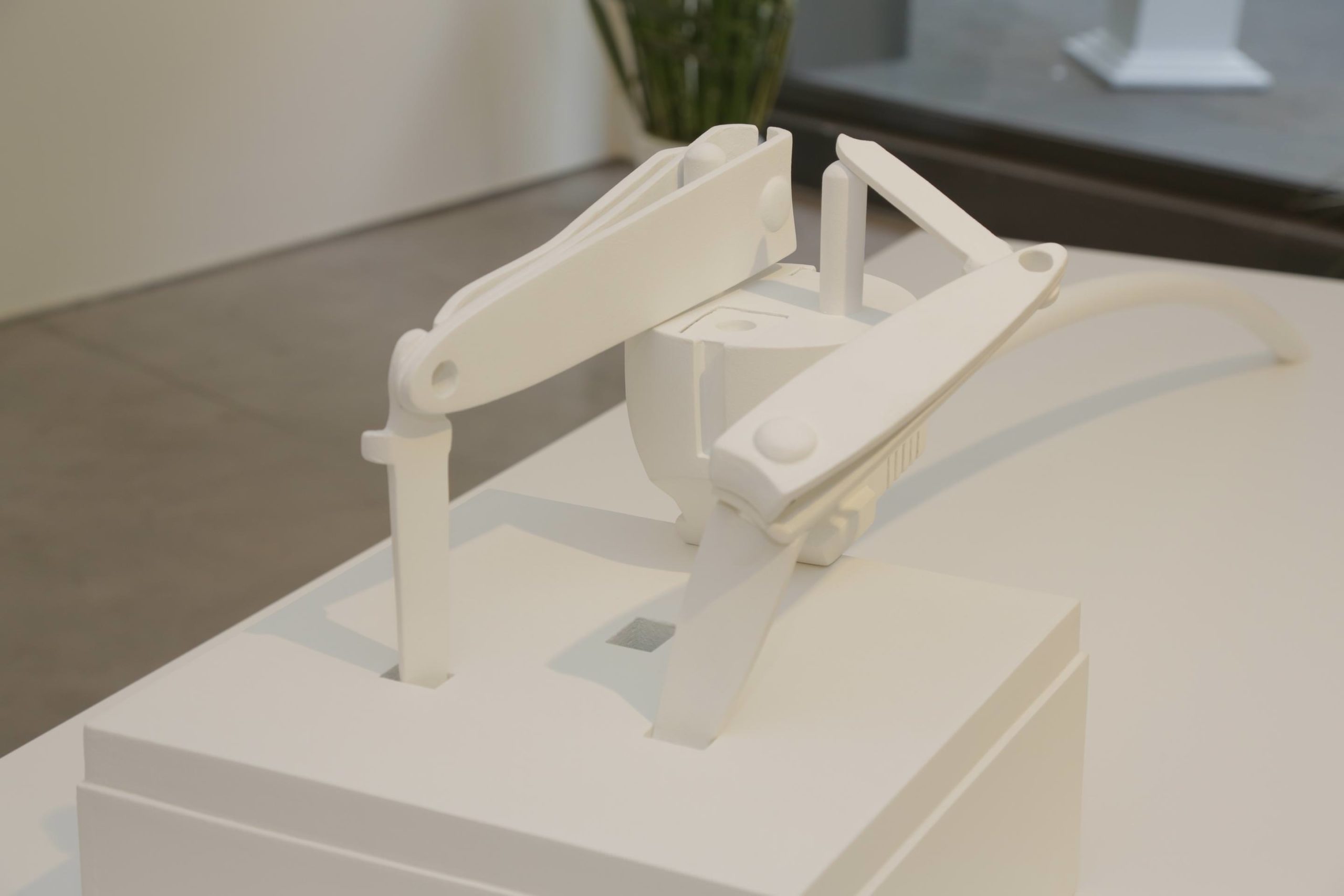 Installation view, Ahmed Badry, “Portmanteau” at Letitia Gallery
Installation view, Ahmed Badry, “Portmanteau” at Letitia Gallery18 April – 16 June 2018
Courtesy of Letitia Gallery.
WW: How does 3D printing fit into your overall practice?
AB: The 3D printing of hybrid objects is an element of a work, either with a projection or drawing.
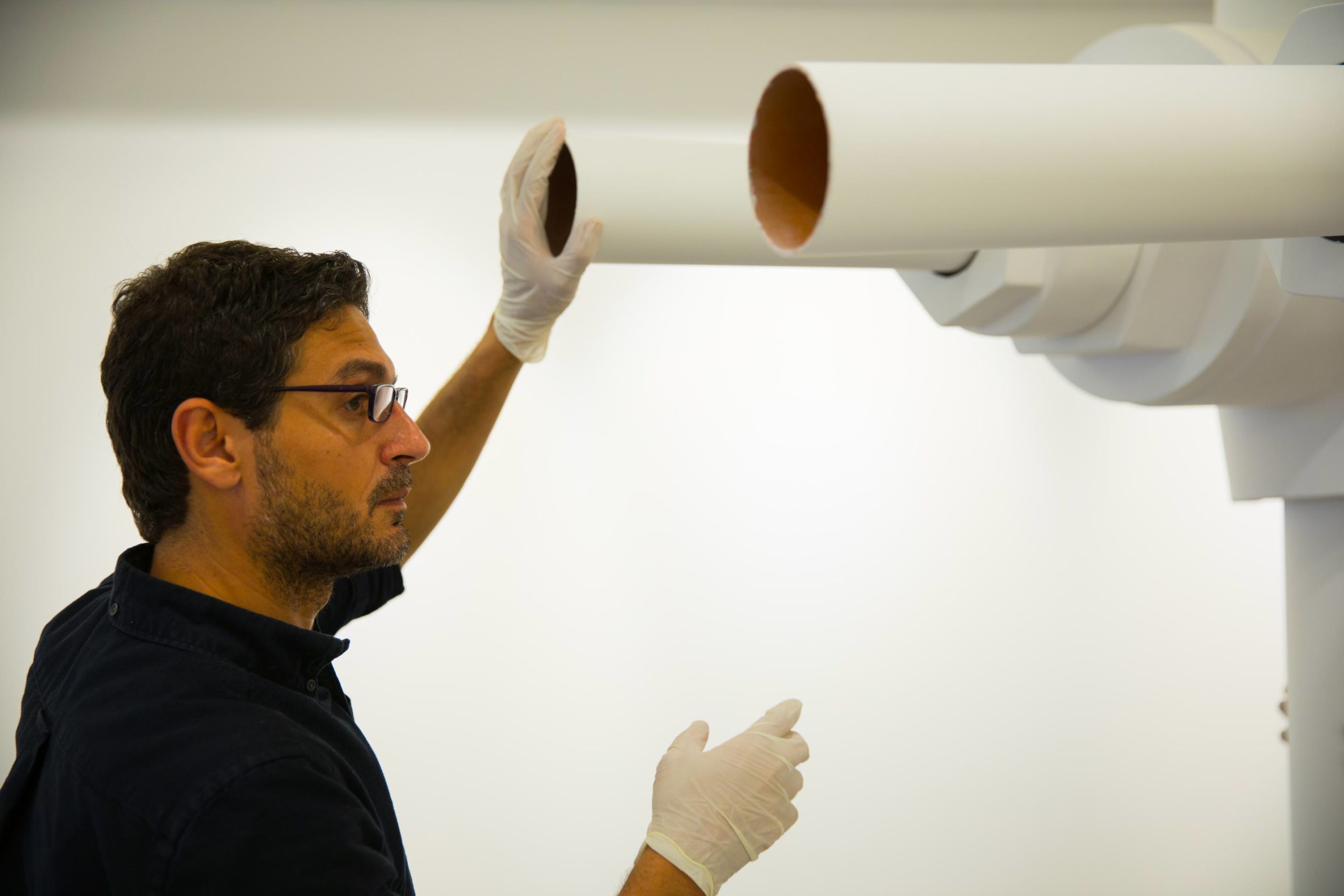 Installation view, Ahmed Badry, “Portmanteau” at Letitia Gallery
Installation view, Ahmed Badry, “Portmanteau” at Letitia Gallery18 April – 16 June 2018
Courtesy of Letitia Gallery.
For example, the Formal Metonymy is a work composed of two elements: the first is the projection on a wall of a moving table fan turned upside down and pasted with duct tape on the ceiling; the second is the 3D printed object of a tin can opener mounted on the end mills of a drill, of 30 cm.
The projection of the table fan represents the metaphor as the object, though modified, is still performing its role and function. The image is straightforward and recognizable.
On the other hand, the 3D printed object looks inscrutable, crafted in a mass-produced, single material, and its functions are erased or intricate. It embodies the metonymy and its mechanisms.
When removed from the social context and shown overlapped, the two different hybrids express the collapse of the language and of its poles.
The question then arises, are these objects just disrupting the language or could they be the access gate to another language out of the context of the global economy? The hybrids produce a disruption in communication and become the vehicle to the formation of new terms.
WW: Everything in today’s society tends to have a designated name and purpose, as you very well know. How did you collaborate with artists, writers, and linguistics for the naming process in this show?
AB: In collaborations with artists, writers and linguists, I sought to find a name for the objects, to coin neologisms. The result was a series of wacky yet plausible definitions, for example:
Metaldrill (aka drillpea): A metaldrill is a fast, overhuman way to pierce metal in circular fashion, and to open sealed cans when in a hurry or hungry. There is debate as to whether it was invented by white, Midwestern, American, trailer kids or by impoverished, urban children in Thailand. Can be used when one has only one hand. -Anonymous
Candrilla: It was love at first drill. A winding and open love, forward and reverse. The kind of dangerous love that can only happen when you unlock the safety button and pull the trigger with touch sensitivity – the harder you push, the faster the gears turn and grind. That is, until the battery runs dry, until the next recharge bringing back the raw energy that fuels this wirring power. -Joe Namy






